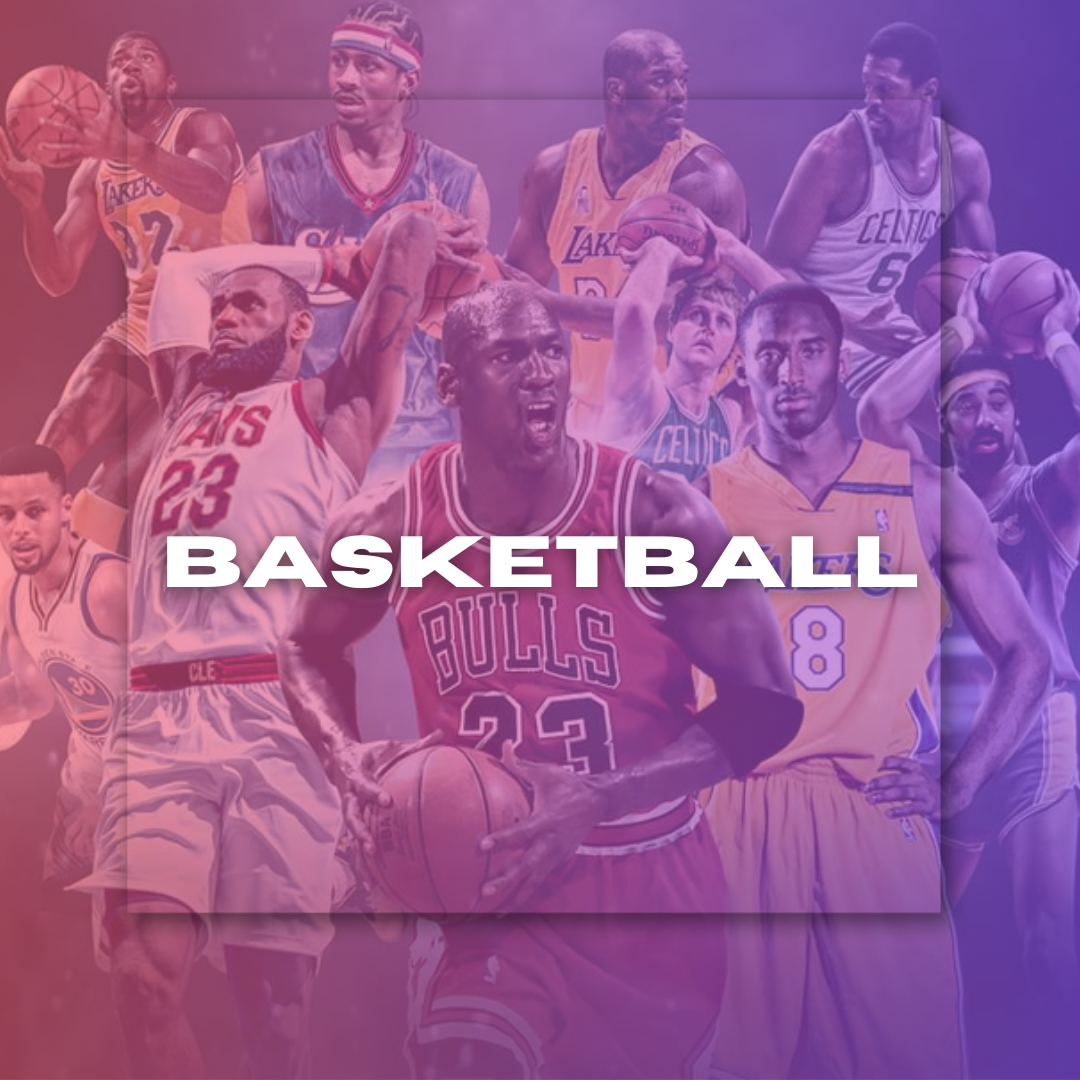Sports acupuncture is a targeted approach that helps athletes recover faster, reduce pain, and improve performance. It blends traditional acupuncture techniques with a modern understanding of sports medicine and biomechanics. By placing fine needles in specific muscle groups, connective tissue, or nerve pathways, sports acupuncture can reduce inflammation, relieve muscle tightness, and promote circulation — all key for effective recovery.
Unlike general acupuncture, sports acupuncture often focuses on injury-prone or high-use areas like the shoulders, knees, back, and ankles. It’s commonly used to treat strains, sprains, tendonitis, and post-workout soreness. Many athletes also find it helpful for maintaining flexibility and preventing overuse injuries by keeping the body in balance.
At Copper Wellness, sports acupuncture is offered as part of a personalized recovery and performance plan. Learn more at https://copperwells.com/services/sports-acupuncture/ to see how sessions are tailored to your activity level and physical needs.
What sets this approach apart is how it addresses both acute and chronic issues while also supporting the body’s natural healing response. Whether you’re recovering from training, managing a recurring issue, or preparing for an event, sports acupuncture can be a valuable part of staying active, mobile, and resilient.
Differences Between Regular and Sports-Focused Treatment
While both regular acupuncture and sports-focused treatment use the same foundational techniques, the goals, methods, and treatment areas often differ based on the patient's needs. General acupuncture tends to focus on overall wellness, emotional balance, and internal health concerns like digestion, sleep, stress, or hormonal support. Treatments are often more evenly distributed and aim to restore balance throughout the entire body.
In contrast, sports acupuncture is more localized and performance-driven. It targets specific muscle groups, joints, or tendons that are overused or injured from physical activity. The approach is more orthopedic, sometimes incorporating trigger point release, dry needling techniques, or electrical stimulation to treat tight fascia, muscle knots, or joint instability.
Sports treatments also typically involve a more detailed physical assessment — including posture, range of motion, and gait — to identify and correct patterns contributing to strain or pain. Recovery and performance are the central focus, so treatments may be more intensive or frequent during training or post-injury phases.
Both types of acupuncture support healing and balance, but sports acupuncture is tailored for athletes and active individuals who need focused relief and preventative care. It’s about keeping the body functional under physical stress, while regular acupuncture leans more toward long-term systemic wellness.
When Athletes Typically Seek This Type of Care
Athletes typically seek sports acupuncture during three key phases: recovery from injury, post-training recovery, and injury prevention during peak performance periods. Each stage offers different benefits, but the goal is the same — to keep the body moving efficiently and pain-free.
Injury recovery is one of the most common reasons athletes turn to acupuncture. Whether it’s a sprained ankle, strained muscle, or tendonitis, sports acupuncture can help reduce inflammation, improve circulation, and speed up healing. It’s often used alongside physical therapy or massage to support tissue repair and reduce downtime.
Post-training recovery is another major focus. After intense workouts, many athletes experience soreness, stiffness, or tight muscles. Acupuncture can relieve tension, flush out metabolic waste, and promote relaxation, helping the body bounce back faster.
Athletes also use sports acupuncture as a preventative tool, especially during high-demand seasons. Regular sessions can help maintain muscle balance, reduce compensation patterns, and address small issues before they become major problems.
Even recreational athletes or active individuals — runners, lifters, cyclists — often seek this care to stay consistent and avoid setbacks. It’s a way to tune into the body, correct imbalances, and keep pushing forward with less risk of injury or burnout.



































































